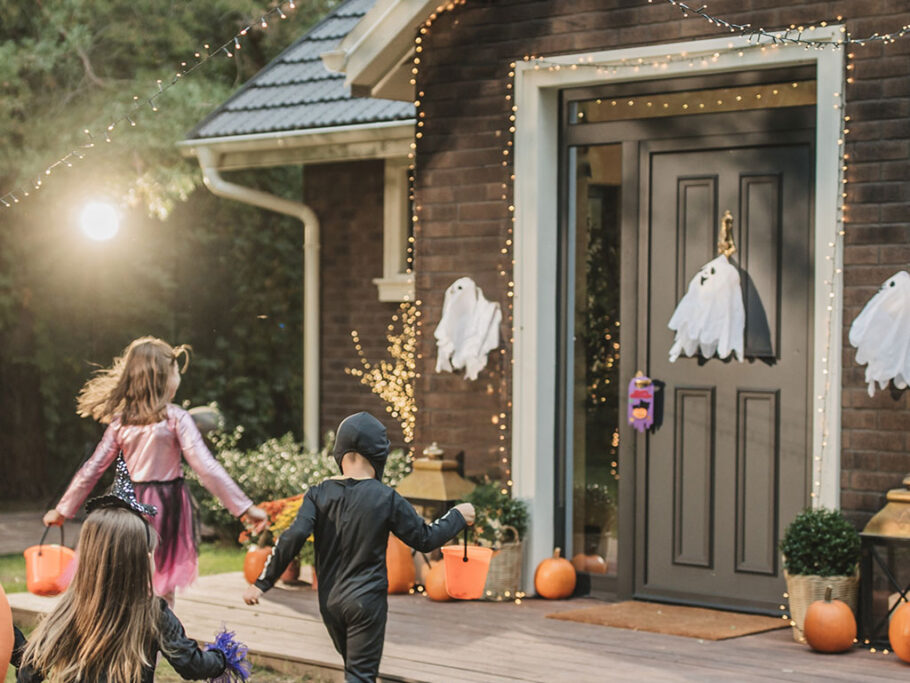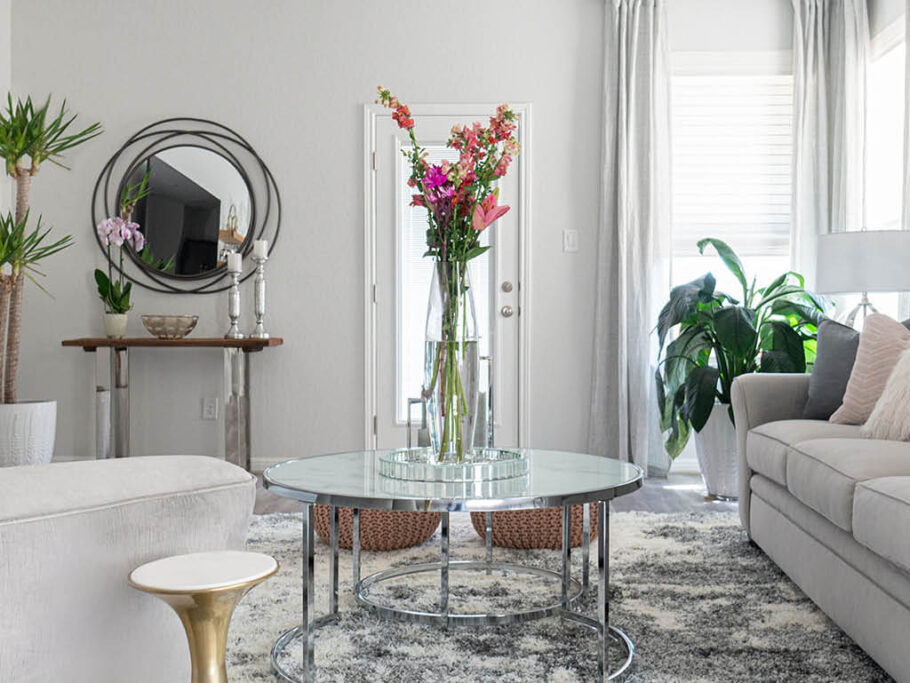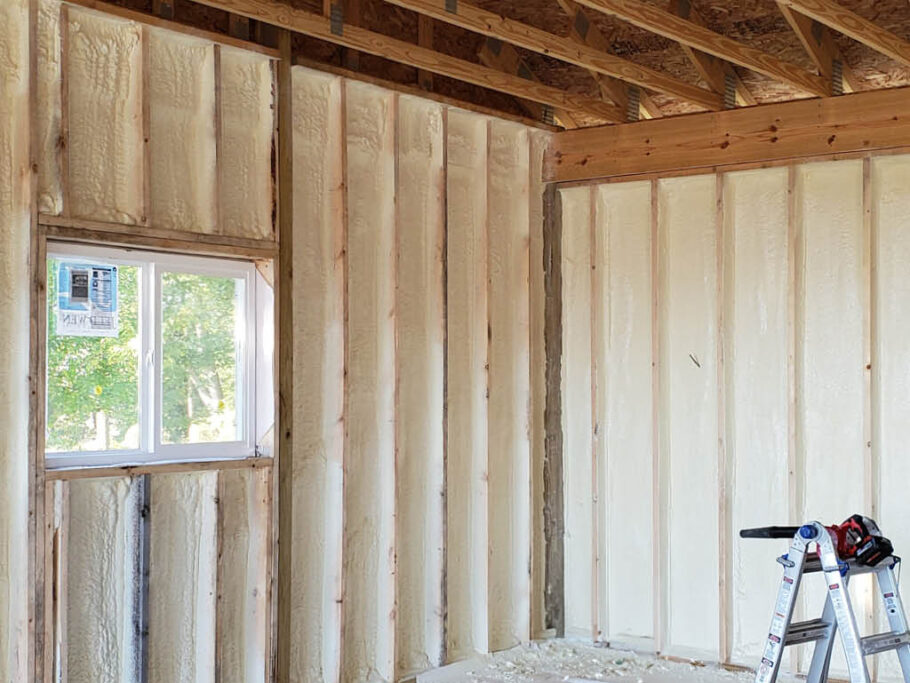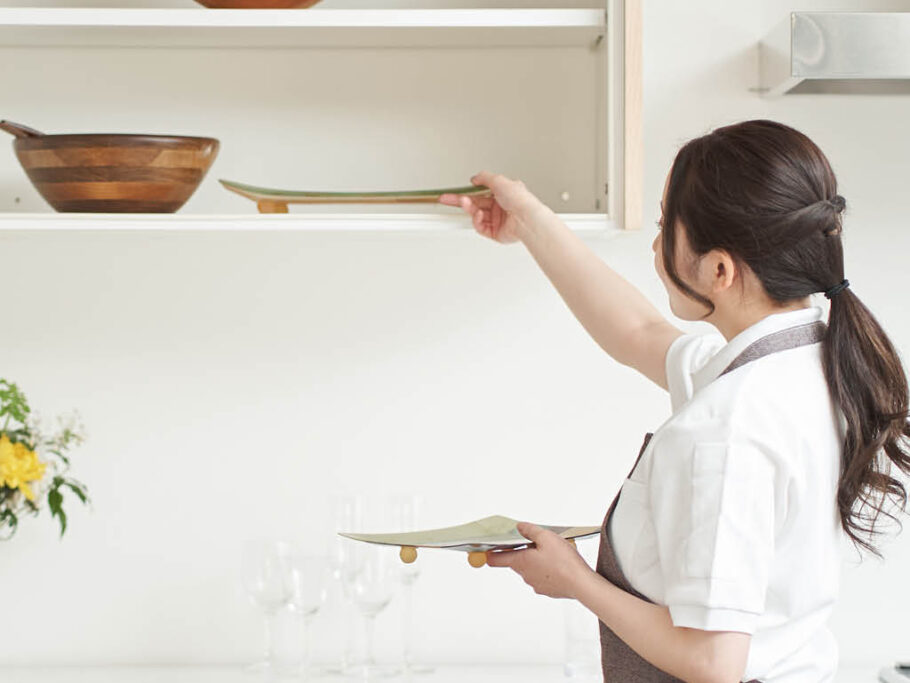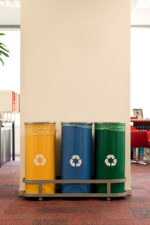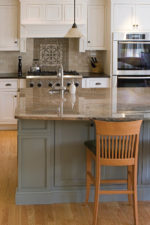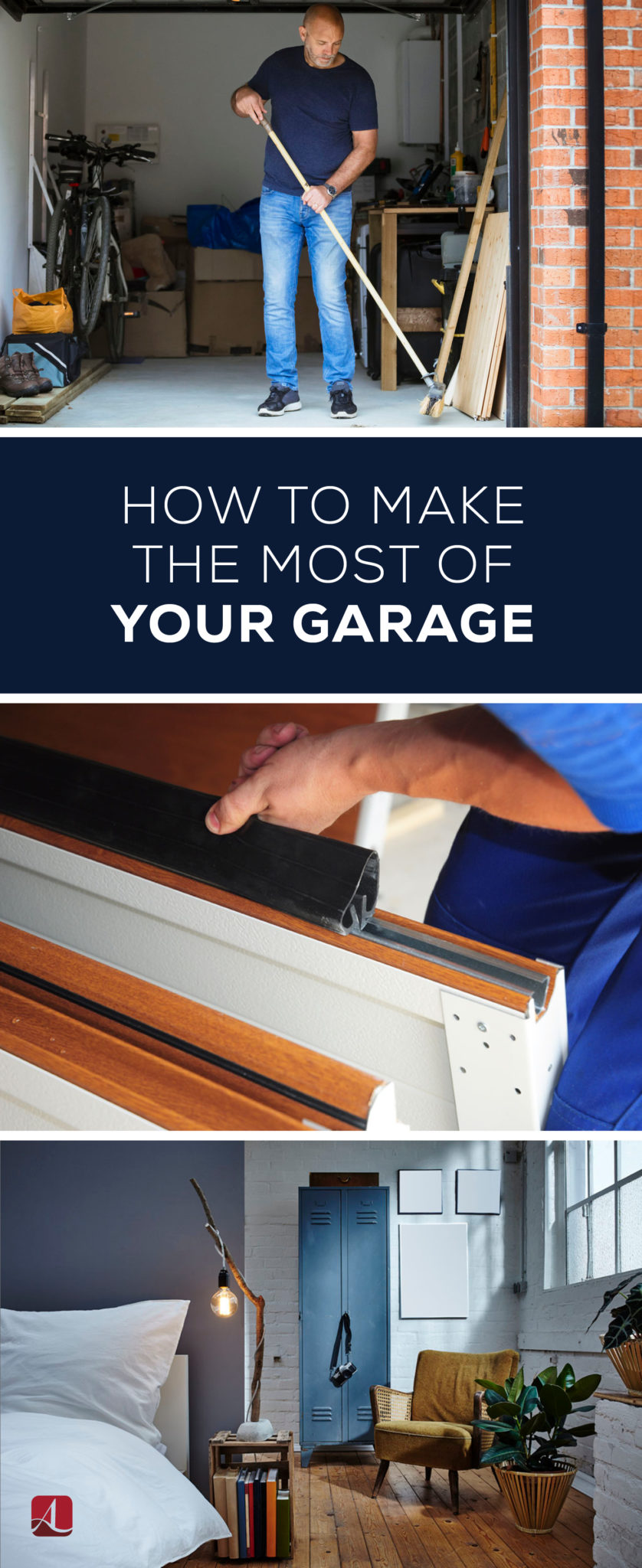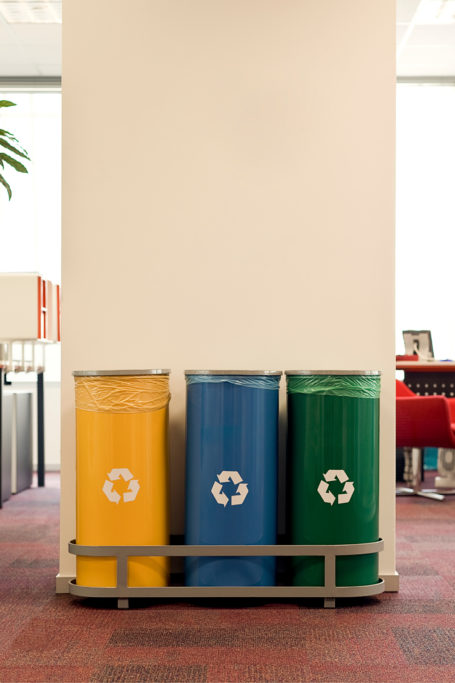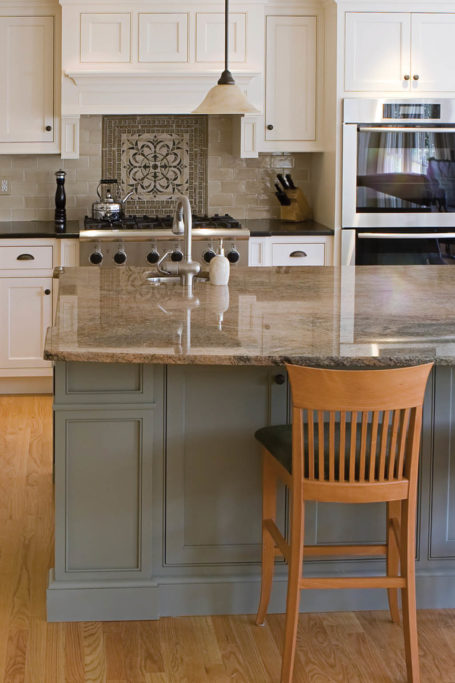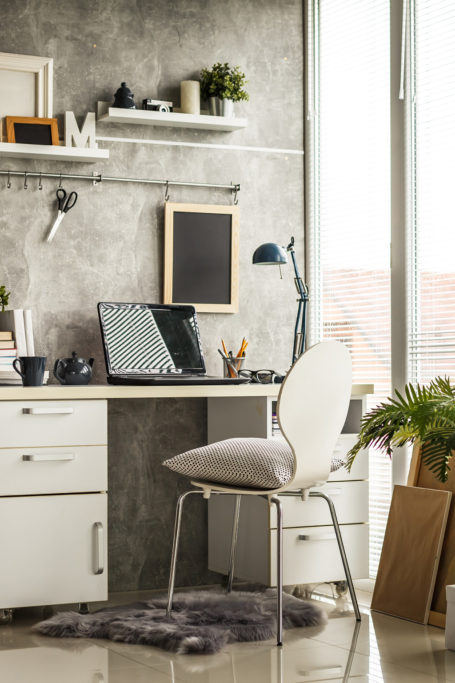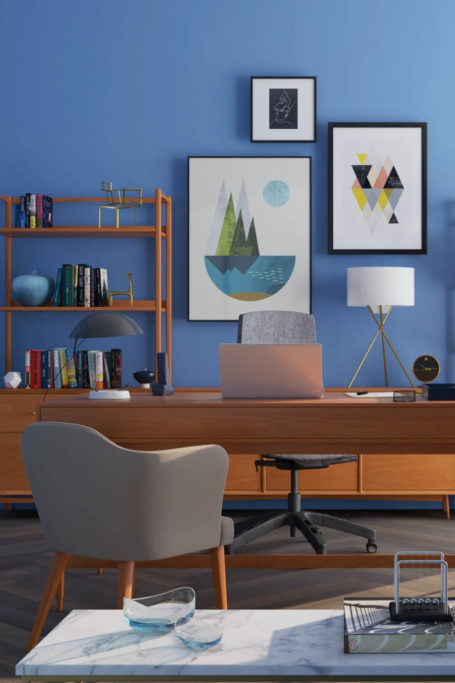How to Make the Most of Your Garage
A garage is an asset to any home, but the space doesn’t often reach its full potential. Sure, you may use it for parking your car and storing tools and toys, but wouldn’t it be nice if your garage were more functional? Use these tips for organization and renovation ideas to help you get more use out of your garage.
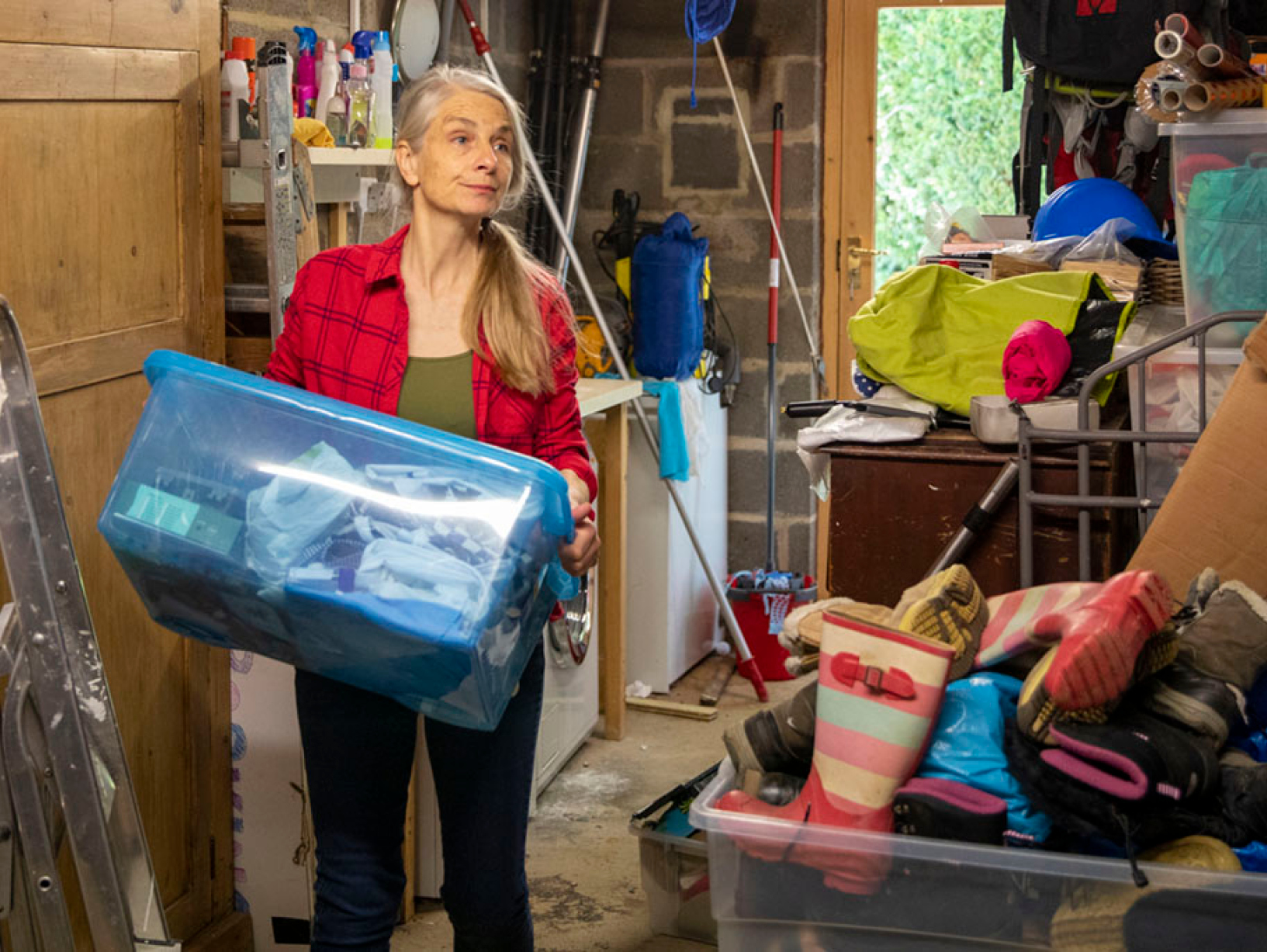
Organization
Your garage can easily become a home for a horde of items such as toys, sporting equipment, holiday decorations, and tools. Here are a few solutions to keep it in order:
- Separate items into categories, and give each category its own space. For example, reserve an individual shelf or bin for gardening equipment, another for recreational gear, and so on.
- Use hanging wall storage to clear space on the floor. If your garage has high ceilings, make use of the extra wall space by installing overhead cabinets or shelving—this is a perfect spot for storing seldom used items. However, make sure any shelving you install can adequately hold the weight of the items you plan to store on it.
- Ceiling hooks are great for keeping items like bikes out of the way. Buy heavy-duty, rubber-coated hooks from a hardware store, attach using a power drill, and hang each bike vertically.
- Install a pegboard to keep items like small tools off the floor and easily accessible. You can also install magnetic storage panels on the wall of your garage to keep items out of the way and neatly sorted.
- If you plan to use your garage space for projects, install a wall-mounted, fold-down workbench to save space.
Although your garage can be a great place for storing most things, there are some items you should never leave in your garage, including:
- Paint: Extreme heat will cause some paint to separate.
- Seasonal clothing: Moths can damage clothing, and small mammals might be tempted to use it for bedding.
- Flammables: Propane tanks and gas cans can become fire hazards.
- Electronics: Extreme temperatures can damage electronic devices.
- Pet food: Kibble can attract wild animals.
- Refrigerator: A fridge has to work harder to keep food cool in high temperatures, wasting energy.
- Food: Fresh food can attract animals, canned food can become inedible if kept in extreme temperatures, and wine can become undrinkable when left in the heat.
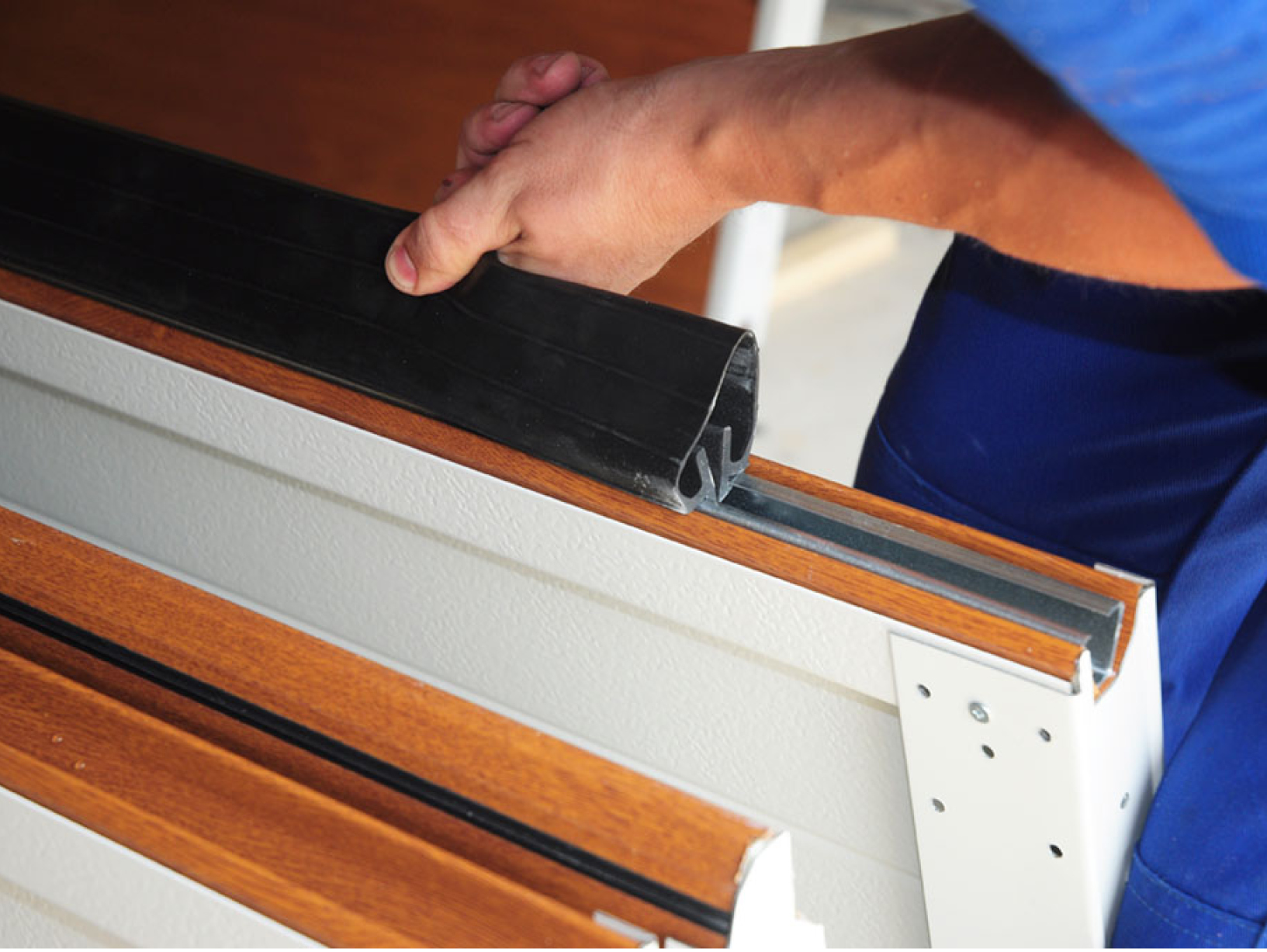
Renovations
By focusing on a few renovations, you can make your garage a little more habitable and create another room for your household to enjoy.
Insulation
One of the best ways to make your garage a usable space is to add insulation. This will help keep it warm in winter and cool in summer. Insulation also helps keep sensitive items in storage safe and can prevent pipes from freezing in the walls during very cold temperatures.
First, air-seal your garage by filling in gaps or cracks with expanding spray foam. Once you’re ready to install insulation, two of the most popular options are:
- Fiberglass: This is the most common type of insulation used in homes. It comes in long rolls that fit in between wall studs and ceiling joists, making it a good option for unfinished garages.
- Cellulose: This insulation is mostly made of newspaper treated with a fire retardant. You can install cellulose into finished walls with a machine that blows it into place.
Don’t forget about your garage door when insulating, as improper insulation around the door can greatly affect the garage’s temperature. Buy a rigid foam insulation kit from your local home improvement store. If your garage door is outdated or in disrepair, consider having it replaced. According to HomeAdvisor, a new garage door has a return on investment (ROI) of 97.5 percent. As an added layer of protection, you can add weatherstripping to the bottom of the garage door, and along windows and doorframes.
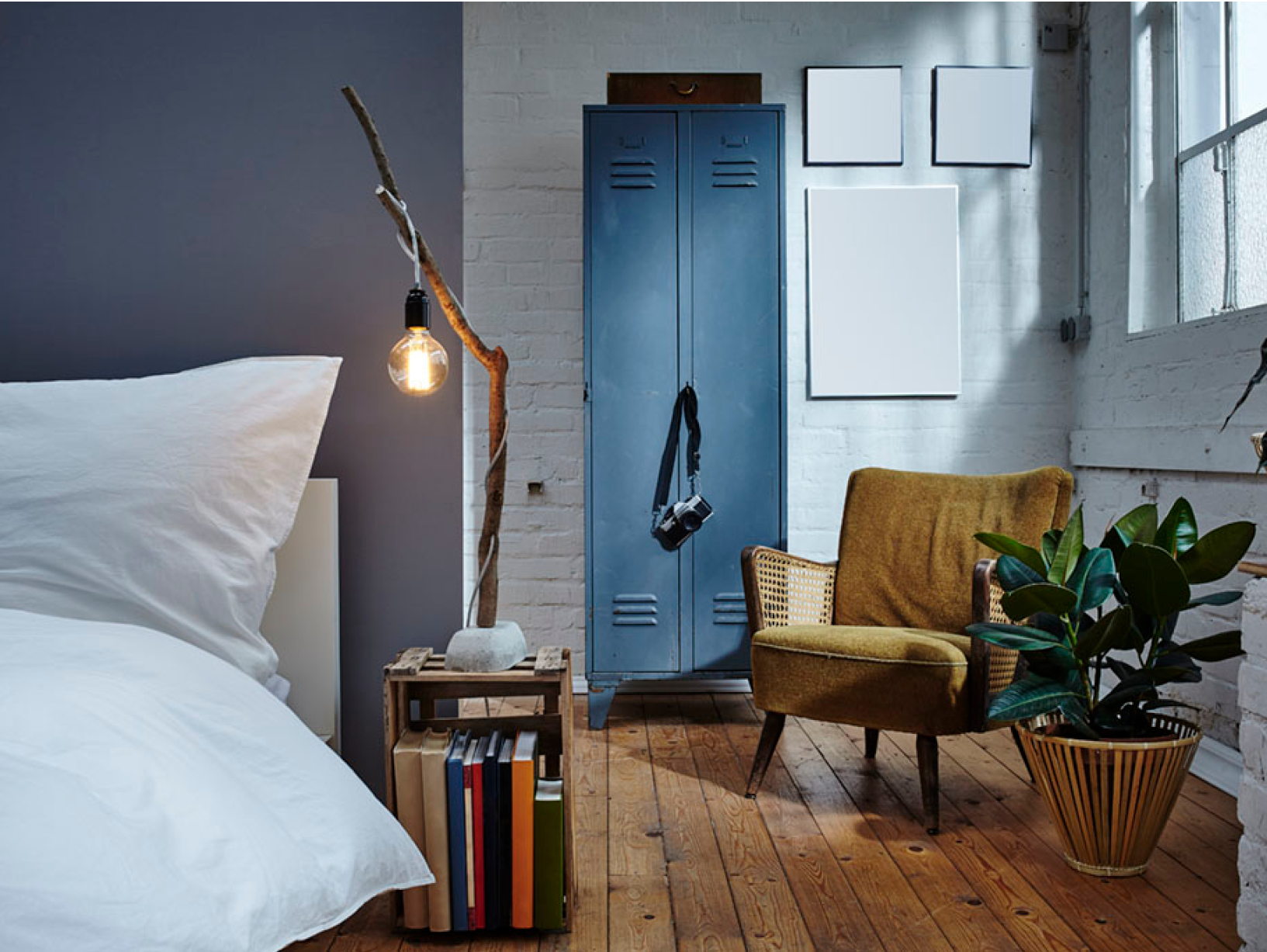
Living space
If you’re looking to expand the living space of your home, you may consider transforming your garage into a bedroom or living room. This is a good option if you want to avoid losing some of your yard; plus, the frame of the room is already in place. You may even be able to get up to an 80 percent ROI on a converted garage when selling your home, according to HomeAdvisor.
The only limits when converting your garage into a living space are the size of your garage, your budget, and your imagination. Whether you want to create a family room, home office, or secondary suite, there are a few common renovations you should make, including:
- Upgrade the floors. Your garage floor may be cracked or sloped. You’ll need to install a wood-framed or concrete floor over your existing concrete slab before installing carpet, laminate, or other flooring of your choice. Most garages sit lower than the rest of the home, so you can either align the floor with the rest of the house or keep it a step or two lower.
- Connect the garage to your current HVAC system, or install a mini-split air conditioner, electric baseboard, or fan-driven wall heater.
- Replace the garage door with a wall or windows, or make sure it is insulated and weathertight.
- Install doors and windows. Some municipalities have rules on how much window space your converted garage needs that you will have to comply with.
- Install drywall over any unfinished walls.
- Upgrade the electrical system to handle increased use, and add outlets.
- Run water and sewer lines to the garage for a bathroom, kitchen, or utility sink.
Your garage can be an underutilized part of your home, but by uusing some of these tips, it can become so much more than a parking space.




